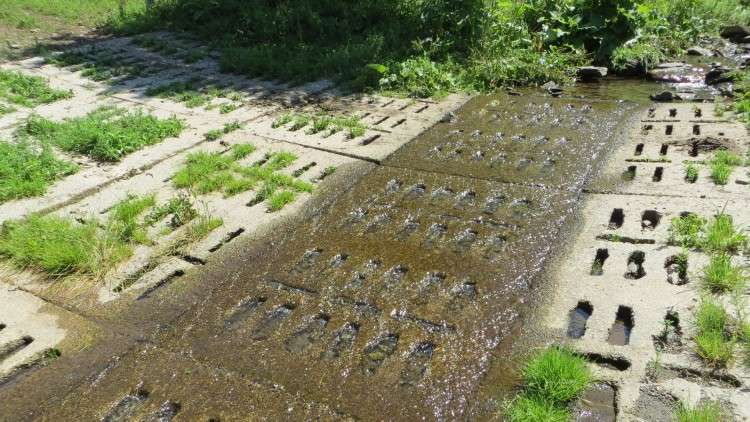
A guide to designing at-grade, culvert and bridge crossings for animals and agricultural vehicles in NY.
What you will learn
You will be able to design culvert and at-grade stream crossings
You will have a thorough understanding of how stream crossings impact water quality
You will understand how hydrology, hydraulics, and stream geomorphology affect stream crossing design
Why take this course?
👩🏫 **Instructor:** Tim Clark, Seasoned Expert in Agricultural & Wildlife Infrastructure
—
### **Introduction to Stream Crossings**
Before diving into the intricacies of design, it’s crucial to understand the importance and complexities of stream crossings. This course is your gateway to mastering the NY NRCS Standard 578 for at-grade crossings, culverts, and bridges. Whether you’re managing a farm or working on environmental conservation projects, these skills are indispensable.
### **Course Overview:**
As an agricultural professional or an environmentally conscious designer, you know that stream crossings are a critical component of any project near waterways. This course will guide you through the design considerations for each type of crossing:
– **At-Grade Crossings (Fords)**: Learn the advantages and disadvantages of fords and how to assess if this is the right option for your project.
– **Culvert Designs**: Explore the various types of culverts, their impacts on wildlife and pollution prevention, and the design principles that ensure functionality and minimal environmental disruption.
– **Bridge Crossings**: Delve into the construction of bridges, understanding the structural requirements, costs, and how they integrate with the natural landscape while providing safe passage for both animals and vehicles.
### **Key Components of Design:**
– **Cost Analysis**: Understand the financial implications of each type of crossing and learn how to plan within a budget.
– **Design Complexity**: Evaluate the technical aspects and challenges associated with designing stream crossings.
– **Wildlife Impact**: Assess the environmental effects of your design on local fauna, ensuring biodiversity and conservation efforts are not compromised.
– **Pollution Prevention**: Learn how to manage and mitigate pollution risks during and after construction.
– **Stream Morphology Impact**: Gain insights into how stream crossings can affect the natural flow of water and how to design with the environment in mind.
### **Learning Outcomes:**
By the end of this course, you will have a comprehensive understanding of:
– The NY NRCS Standard 578 guidelines for stream crossing design.
– The trade-offs between at-grade crossings, culverts, and bridge designs.
– How to assess site conditions and select the appropriate crossing type.
– Best practices for minimizing environmental impact while achieving your project goals.
### **Who Should Take This Course:**
This course is designed for:
– Farmers and land managers who need to cross streams on their property.
– Civil engineers and landscape architects involved in agricultural or natural resource projects.
– Environmental scientists working on conservation and wildlife projects.
– Students and professionals interested in sustainable infrastructure and land management.
### **Conclusion:**
Join us as we navigate the critical decisions and design principles that go into creating stream crossings that are both effective and environmentally responsible. Whether you’re looking to maintain a balance between agricultural efficiency and environmental stewardship, this course will equip you with the knowledge to succeed.
—
📚 **Enroll Now** to start your journey towards becoming a proficient designer of stream crossings compliant with NY NRCS Standard 578. Let’s work together to preserve our natural landscapes while meeting the needs of modern agriculture and infrastructure.